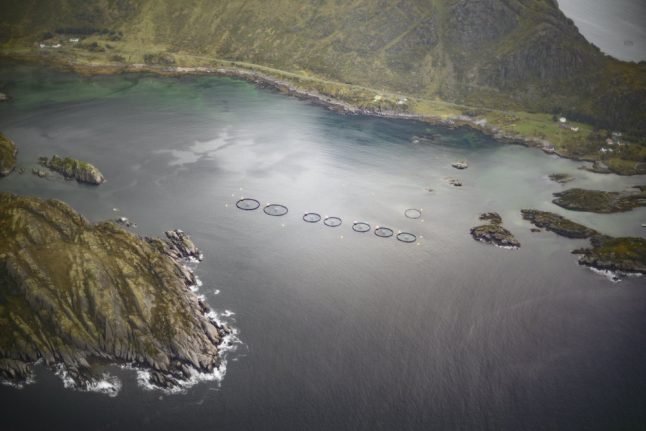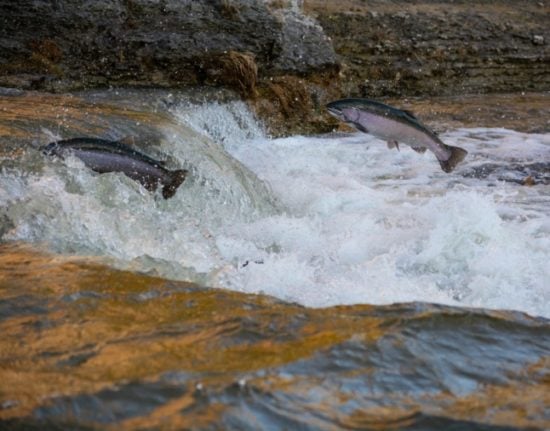The company said it harvested a record 436,000 tonnes in 2019, compared to 375,000 tonnes the year before.
Revenue increased 22 percent to 759 million euros.
Net profit for the year fell to 477.6 million euros ($521 million) from 566.6 million in 2018, largely driven by depreciation of assets.
Set against a backdrop of declining salmon prices, the company issued a warning in mid-January for its fourth quarter results, citing difficulties in Canada in particular.
The new coronavirus, recently named COVID-19, also poses problems for Mowi in the Chinese market, where salmon is mainly consumed in restaurants, although the company hopes this will be a temporary effect.
“When people stay indoors, it means that no one in China is buying salmon at the moment, neither from Mowi nor others,” Mowi CEO Ivan Vindheim told business news outlet E24.
The company has closed down its Shanghai factory and sent home 50 employees as a result of the outbreak.
“It's a sizeable market, and we are losing our share of that… but we think China will bounce back,” Vindheim said.
He said that the Chinese market consumes about 120,000 tonnes a year and Mowi is supplying about 20 percent of that.
“Notwithstanding the current issues with the coronavirus, the medium- and long-term outlook for Mowi remains strong,” Vindheim, said in a statement.
Shortly before 3:00 pm (1400 GMT), shares in Mowi were down 0.18 percent on the Oslo Stock Exchange.
READ ALSO: Norway salmon farms ravaged by algae bloom



 Please whitelist us to continue reading.
Please whitelist us to continue reading.
Member comments